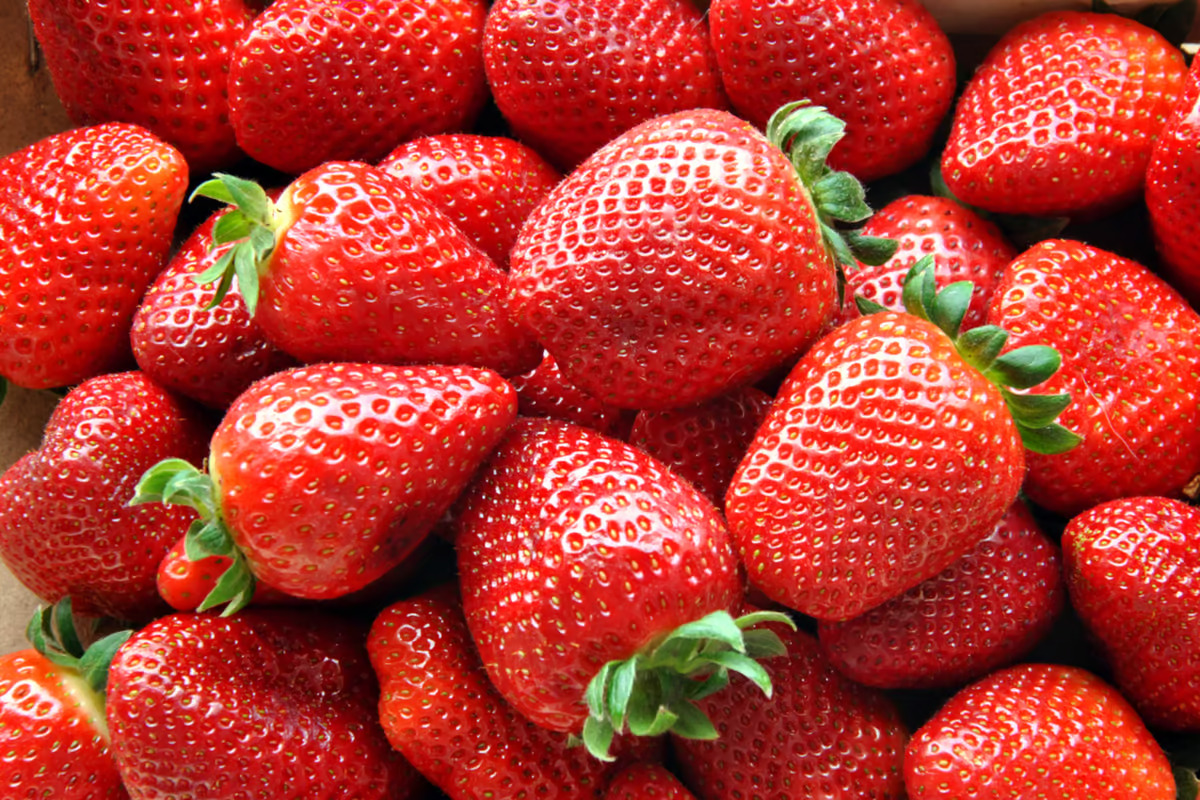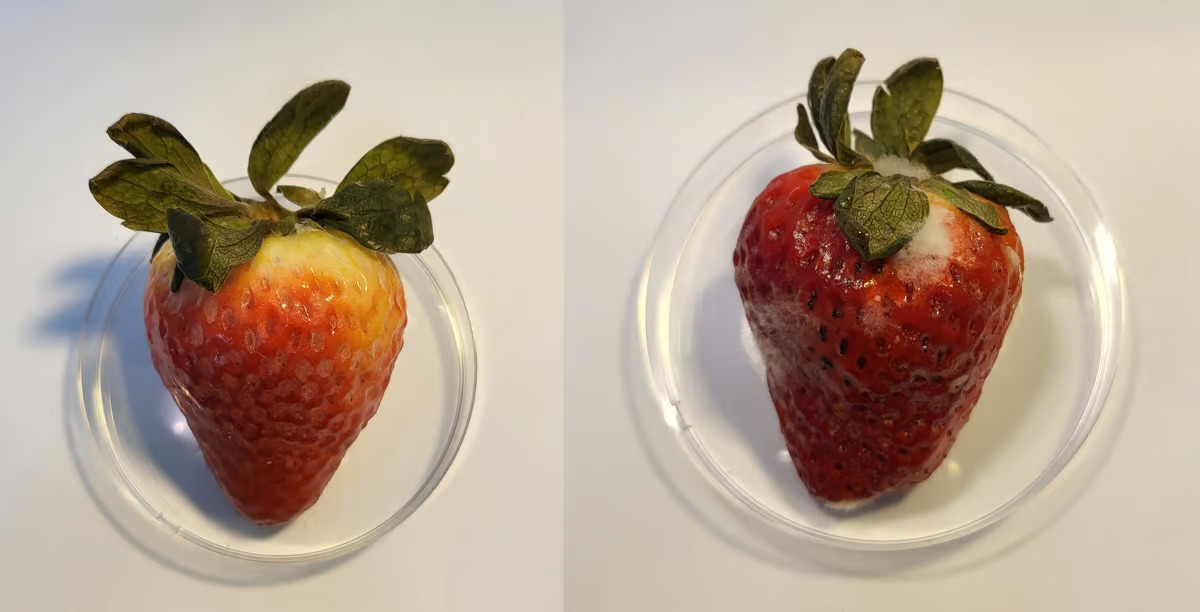 A new coating made of CBD helps preserve fruit for far longer, to reduce food waste. Depositphotos
A new coating made of CBD helps preserve fruit for far longer, to reduce food waste. Depositphotos
–
We’re all familiar with that disappointment of bringing home a punnet of strawberries only to find that the ones on the bottom are already mushy and moldy. In recent years researchers have investigated edible coatings that give fruit and other spoilable foods a longer shelf life without affecting their nutritional value or taste, using materials made from spider silk, shrimp shells, eggs, pectin, or milk proteins – and now scientists have added CBD to the list.
CBD is a non-hallucinogenic compound in cannabis, and it’s increasingly finding use in treating anxiety, epilepsy, pain and other problems. Among its potential benefits, recent studies have found signs of antimicrobial activity, so scientists at Thammasat University and Chulabhorn Research Institute in Thailand set out to investigate whether CBD could be used to preserve fruit for longer.
The team combined CBD with biodegradable polymers already used in drug delivery to make nanoparticles measuring 400 nanometers wide. These were then mixed with water and a food additive called sodium alginate. Next, the researchers dipped strawberries into the resulting solution, followed by a second bath in ascorbic acid and calcium chloride, which turned the coating into a gel.

To test the coating’s preservation abilities, the team placed treated and untreated strawberries into open plastic containers and kept them at fridge temperatures for several weeks. And sure enough, the CBD-treated berries decayed far less over 15 days than the naked ones, keeping their color for longer. Higher amounts of CBD also seemed to perform better than lower amounts.
With further study, this new coating could be useful in reducing food waste, and could be applied to other fruit as well as different types of food prone to spoilage.
The research was published in the journal ACS Applied Materials & Interfaces.
Source: American Chemical Society
–























